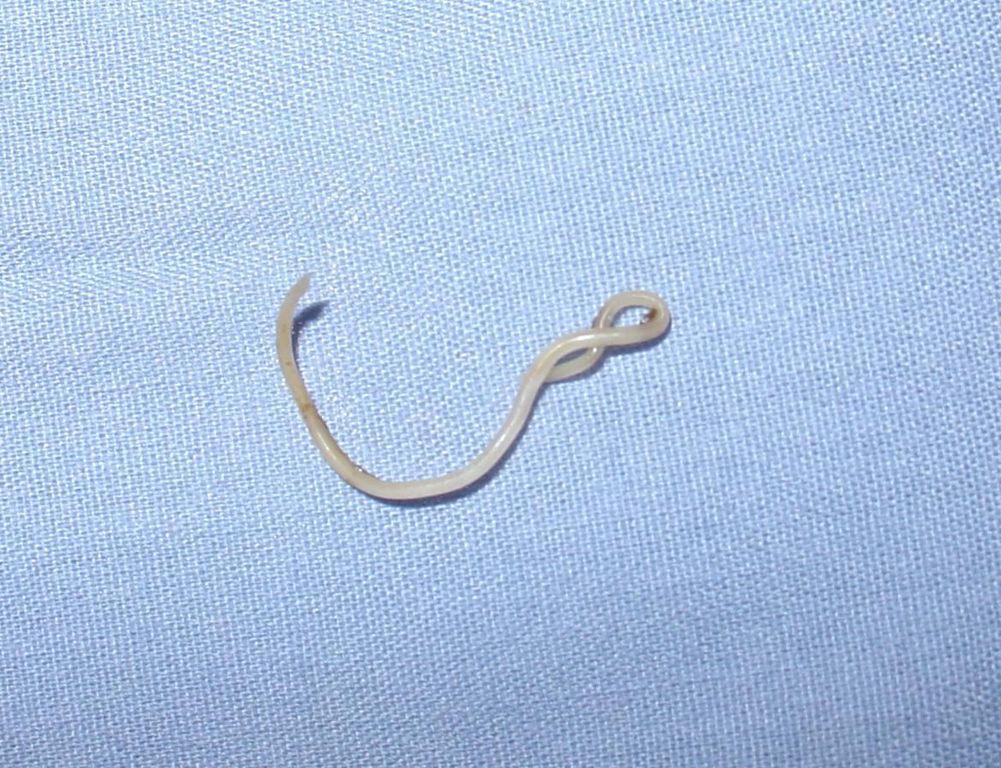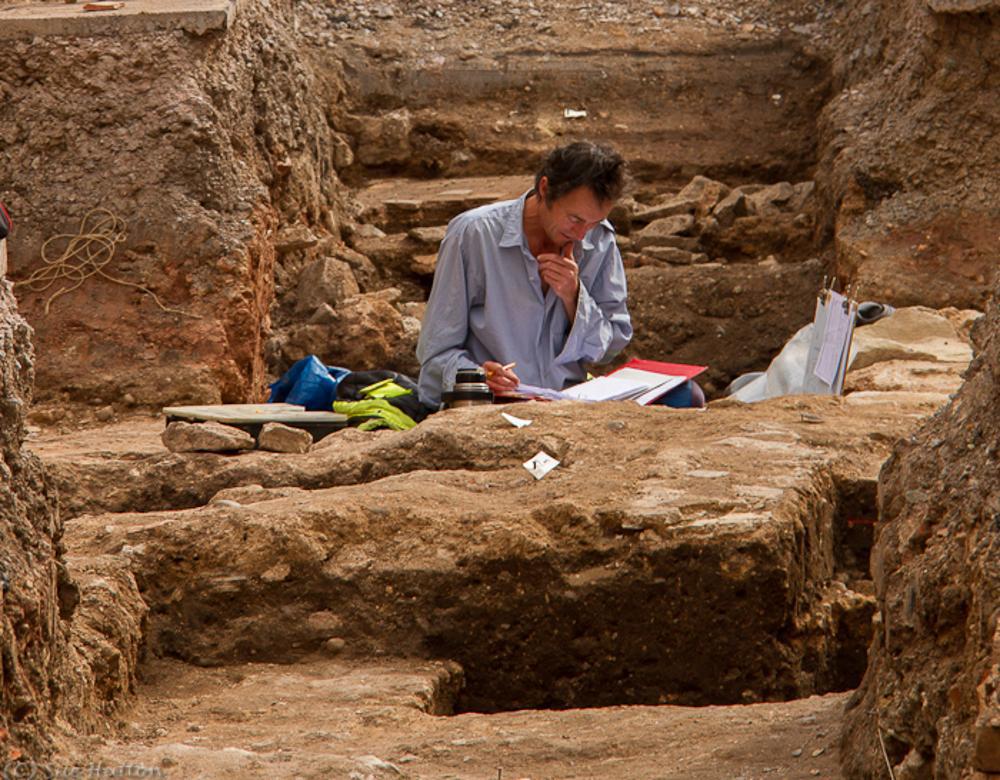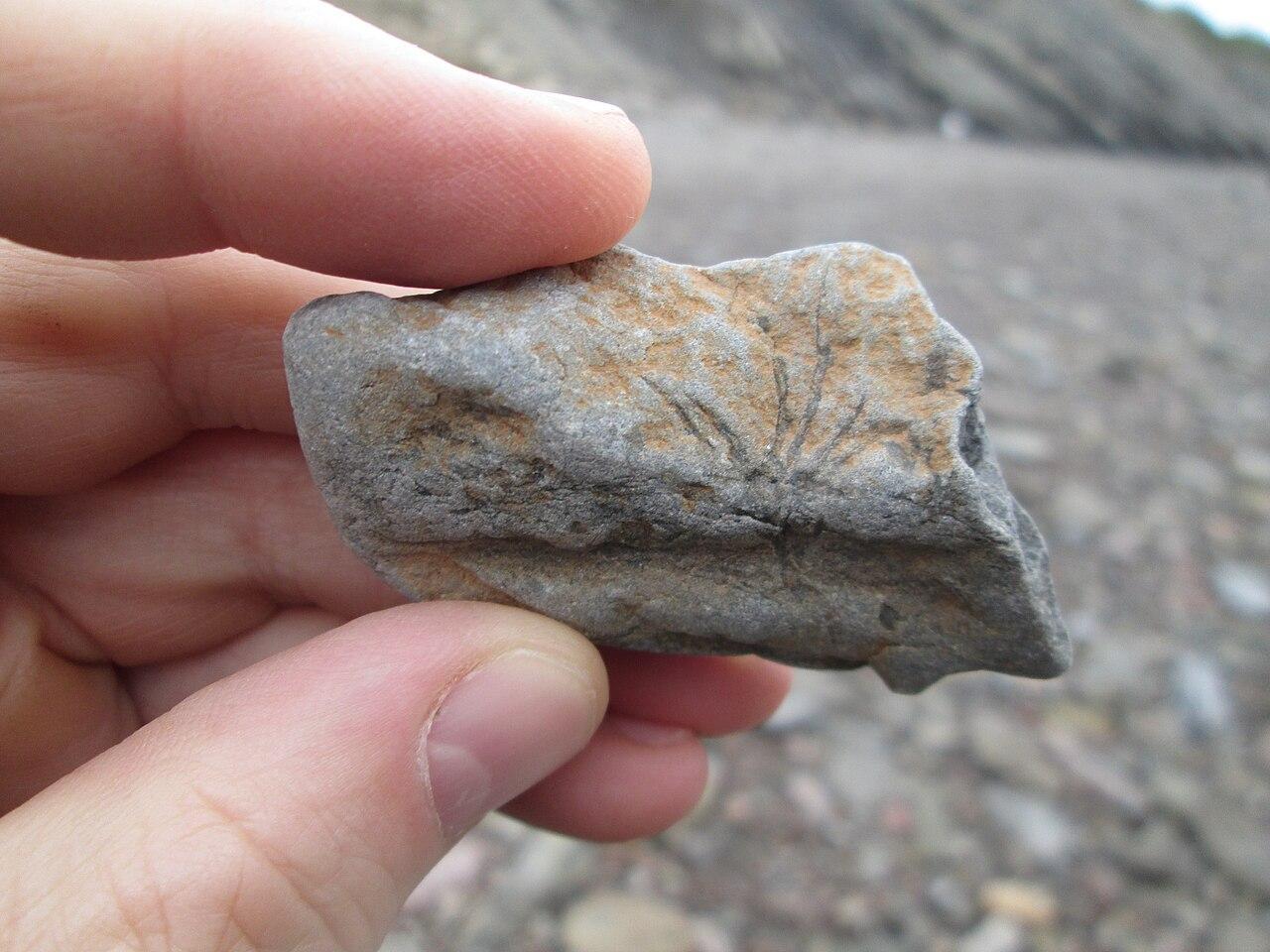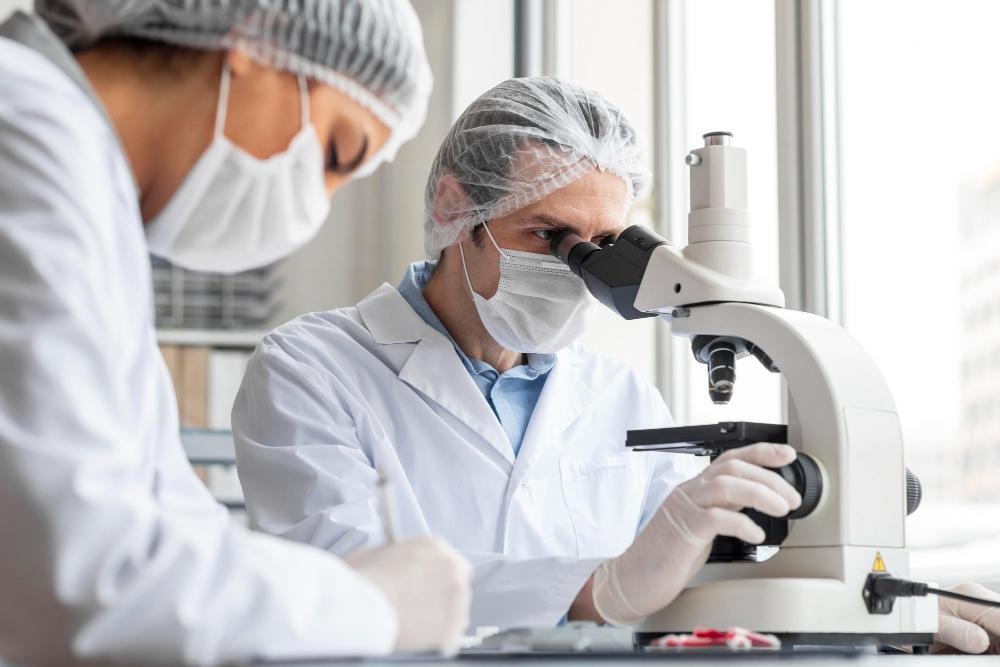535-Million-Year-Old Micro-Fossil With Rare Preserved Muscle Uncovered in China
Researchers in China have unearthed a remarkable set of microfossils that contain muscle tissue from an unknown creature that lived in the region over 500 million years ago.
The researchers published a study detailing the discovery of minuscule fossils from the Kuanchuanpu geological formation, an area rich in fossilized remains that have helped shed considerable insight into a unique period of Earth’s history known as the Cambrian explosion.
Extraordinary Microfossils Discovered in Shaanxi Province
In a recent study published in the Royal Society journal Proceedings of the Royal Society B, the team of researchers shared their discovery with the world.

Source: Wikimedia
The team had been excavating in the southern Chinese Shaanxi Province when they unearthed the “extraordinary” microfossils, which they later discovered contained the preserved remains of muscle tissue.
The Cambrian Explosion
The fossilized remains are thought to date back to around 535 million years ago, coinciding with the beginning of the Cambrian explosion.

Source: Wikimedia
This particular period, which began around 541 million years ago, is characterized by the emergence of an unprecedented number of organisms. It’s also the age in which several modern animal groups first appeared.
The Age of Cycloneuralia
The fascinating microfossils mentioned in the study are thought to date back to the beginning of the Cambrian era, a period known as the Fortunain Age.

Source: Wikimedia
While researchers are uncertain as to which animals to remain belong to, they have postulated that the muscle tissue indicates it belongs to a group known as cycloneuralians. Modern relatives of this grouping include mud dragons and roundworms.
The Significance of the Finding
Shuhai Xiao, a researcher in the Department of Geosciences at Virginia Tech University and the study’s author, detailed the significance of the finding during an interview with Newsweek.

Source: Wikimedia
“The finding is significant because it sheds unprecedented light on the musculature systems of early animals, features that are typically not preserved in the fossil record but are critical in understanding the behaviors of early animals. Such fossils are extremely rare—literally a needle in a haystack,” he said.
Muscle Tissue Preserved in Ancient Animal
In the study, the scientists detailed three fossil specimens measuring as little as a few millimeters across, which they explained contained the preserved remains of muscle tissue.

Source: Wikimedia
According to their investigation, the remains originated from a body part called the proboscis, which acted like a “kind of sucking organ.”
Researcher Explains the Discovery
Another of the study’s authors, Huaqiao Zhang, explained the discovery of fossils several years ago.

Source: Wikimedia
“I found them in late 2021. When I first saw them under my binocular microscope, I was, of course, surprised by their conical shape and grid-like morphology. I soon realized that they may represent some muscle tissues,” he said.
Researchers Scan the Fossils and Discover Preserved Tissue
Zhang, who works at the Nanjing Institute of Geology and Palaeontology, Chinese Academy of Sciences, shared scans with Shuhai Xiao, a colleague and co-author of the study, back in 2022.

Source: Wikimedia
“He also felt excited by their extraordinary preservation, and he immediately concluded that they should be muscle tissues,” he said.
Scientists Are Unsure What Animal the Remains Belonged To
As researchers only gathered a small piece of the muscle tissue, they were left with a tantalizing mystery. They have “no idea” what animal the preserved remains once belonged to, Zhang explained, adding to the intrigue of this discovery.

Source: Freepik
“It can be inferred that their host animals may have been at least millimeter-sized,” he said. “They may have a proboscis… and they may have lived on the soft sea floor if they were crawlers, or within the sands if they were burrowers.”
The Best Preserved Specimen
According to the researchers, one specimen, named NIGP179459, is the best preserved of the three mentioned in the study. Their study is the first to document the preserved remains of a cycloneuralian from the Fortunain Age.

Source: Freepik
“The muscles that control the body wall and the proboscis are preserved,” Xiao told Newsweek. “The coordinated contraction and relaxation of these muscles control the locomotion and feeding activities of the animal.”
Muscle Tissue Preserved Without the Bulk of a Host Animal
Researchers haven’t been able to discern why the muscle tissue was preserved without the remainder of the animal.

Source: Wikimedia
“Generally, the muscles, if preserved, should have been preserved together with their host animals, as in most previously reported cases in younger rocks,” Zhang said.
Researchers Further Their Understanding of Cambrian-Era Animals
One explanation proposed by the researchers suggests that after the animals died, the contents of their guts, including microbes, were forced out of the body, leading to the fossilization of recovered muscle tissue. However, it remains inconclusive.

Source: Freepik
Nonetheless, the three examples in the study have helped to further the researchers’ understanding of these unique animals that arose during a significant period of evolution on Earth.
